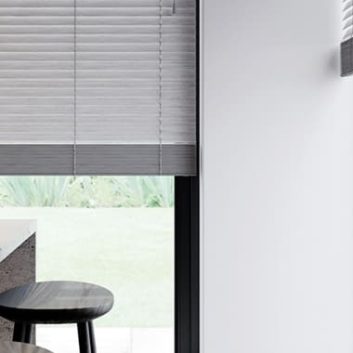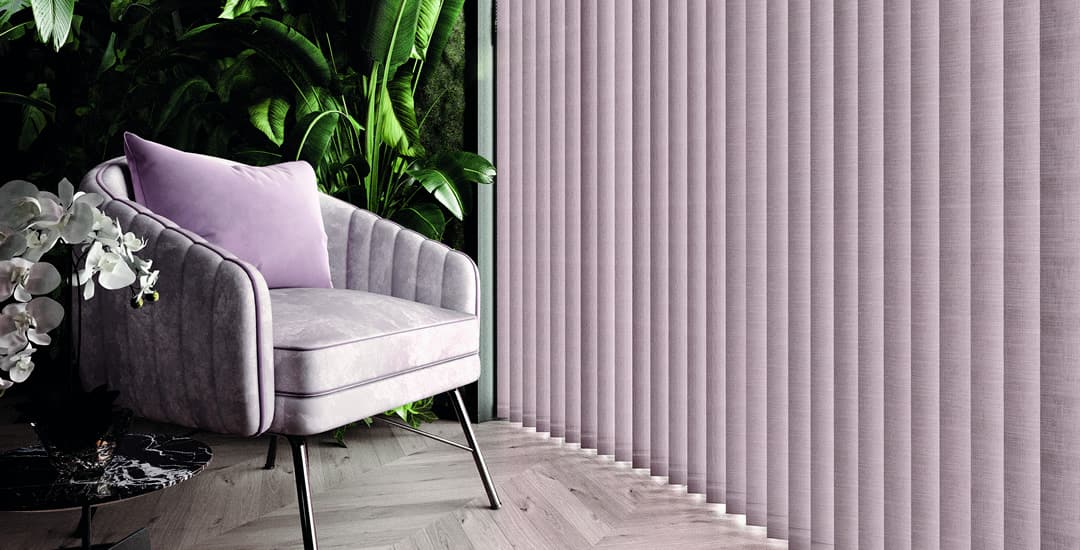
Basically, either way is fine; even if this might seem like something of an un-problem in the UK, where we’re generally more concerned with keeping the heat we’ve paid good money for (and at present, significant amounts of it) on the inside of the room.
However, during the summer – particularly if we’re apt to keep getting a couple of weeks each summer like we did in 2022 when the weather was so un-Britishly hot that some unfortunate folks’ houses literally caught fire – keeping the heat out with blinds is a very relevant topic too.
Do vertical blinds block out heat effectively?
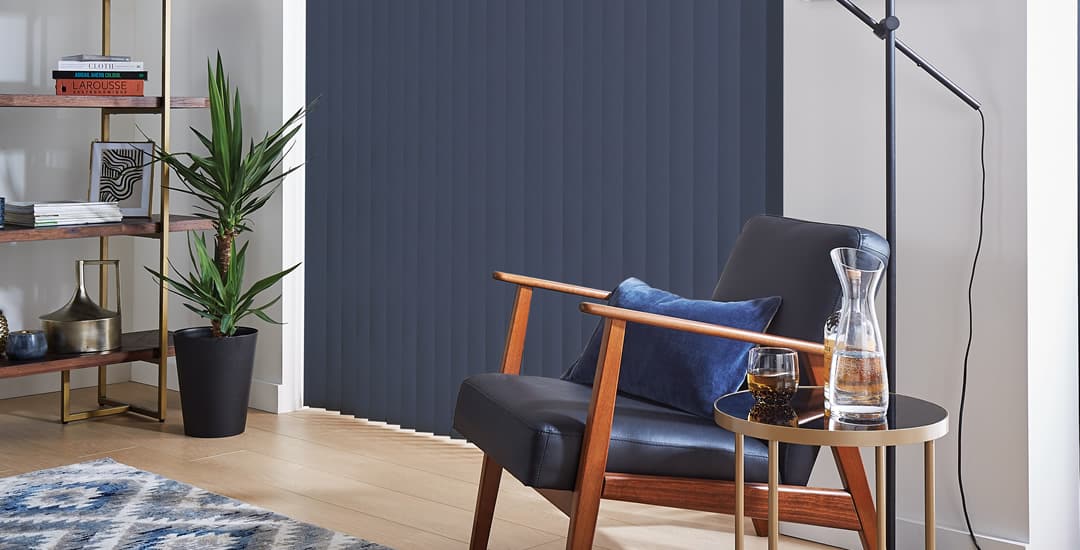
This depends on the vertical blinds. Vertical blinds with a special thermally insulating coating applied to them (one of the optional add-ons you can choose for good quality made-to-measure vertical blinds, and which doesn’t increase the price overly either) are a good insulator, and will help to keep the heat in during the winter and out during the summer.
That said, if your home’s insulation is poor in general, the blind’s efforts on your windows alone won’t make much of a dent in your sweat deposits.
But in and of itself, thermally insulating blinds help to block heat out and of course, also block glare from the sun too.
Which way do you turn vertical blinds to keep heat out as a rule?
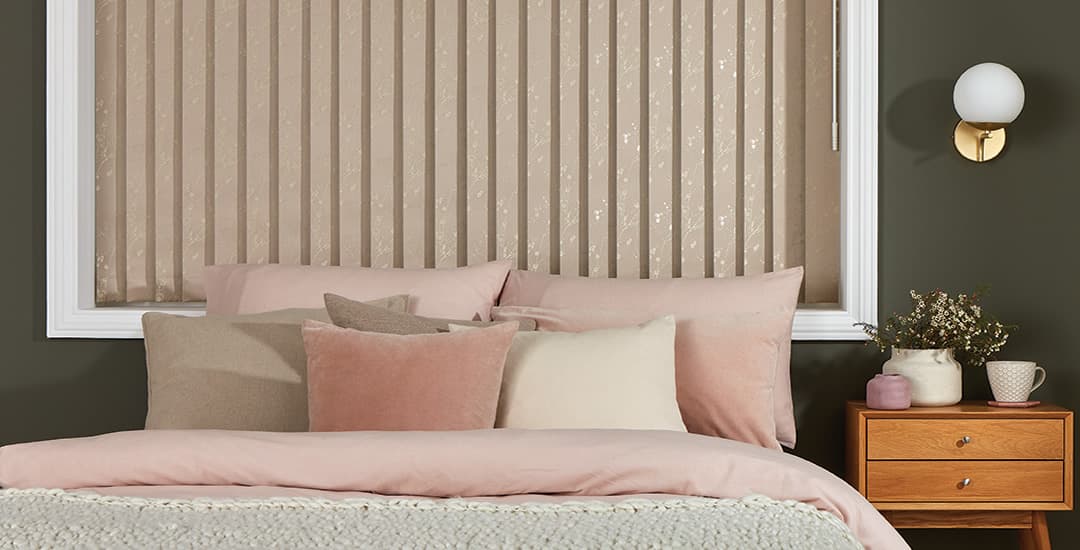
The louvres of a vertical blind can be rotated in either direction, and it’s generally much of a muchness when it comes to which way they should go to keep heat out. However, it is important to make sure that rather than keeping heat out, your blinds aren’t actually trapping heat in the room, and that you let trapped heat escape too.
During the summer, I suggest keeping your vertical blinds closed to prevent glare and to reflect heat back out, whilst having your windows open to allow for the free exchange of air.
Which way do you turn vertical blinds to keep heat out but also, let trapped heat escape?
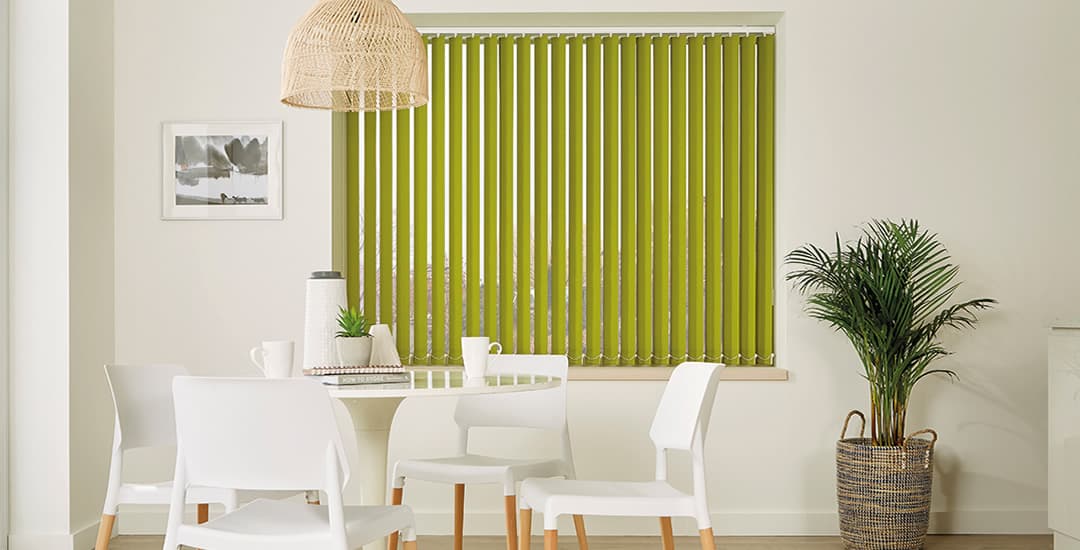
You need to open your blinds or at least, tilt them so that the louvres don’t form a solid wall of fabric, to allow trapped heat from within the room to escape. This also means opening the windows in the room too, of course.
If you’re dealing with both direct sun overheating the room (and also causing glare) as well as heat accumulating in the room, open the window and close the blind, then tilt the louvres a small amount, in order to keep glare out but allow the air to circulate.
When the sun has moved around and the room is hot but the sun is no longer pointing directly inwards, let the heat that is trapped in there out by opening the blind fully and opening the window too.

